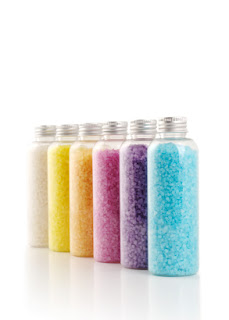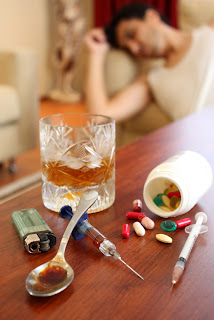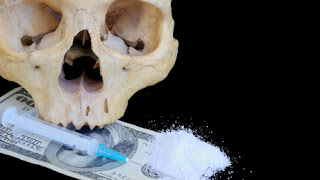The prescription drug abuse epidemic we currently face in
the United States may be, to some, old news. By misusing or taking more the
prescribed dose of opiate and other pills, individuals place themselves at risk
of a laundry list of physical and mental adverse reactions.
The rise of fake prescription drugs, however, is “new” news
and presents risks which, in many ways, are more dangerous than the original
prescriptions which they mimic.
What Are “Fake
Prescription Drugs”?
The issue of counterfeit pharmaceuticals is accordingly much
more prevalent in undeveloped countries but has recently presented itself in
the United States, putting prescription consumers and abusers alike at
tremendous risk.
Reports indicate US pill consumers have reason to question
whether the prescriptions in their possession are “fake.” FDA-issued warnings
about illegal and dangerous prescription counterfeits have been distributed in
light of incidents related to foreign imports of subpar pills.
Allergic Reactions
In the case of counterfeit
prescriptions like the Turkish-imported fake Avastin (a drug designed to attack
tumor growth), allergic reactions have manifested due to unusual ingredients.
In 2008, a chemically tainted blood thinner from China was found to contain
US-banned ingredients and caused nearly 150 deaths.
Dangerous Ingredients
The FDA has placed a good deal of
resources on cracking down on the illegal importation of fake prescriptions via
online pharmacies. In 2009, over 800 packages of fake prescriptions for Viagra,
Vicodin (opiate painkiller) and antihistamines were found to contain chemical
fillers such as drywall, yellow paint (the kind used on highway lines) and
antifreeze.
Dangerous Dosage Levels
Fake prescriptions rarely have the
appropriate or indicated dosage levels. In FDA counterfeit pill seizures, some
pills have been found to contain none of the active ingredient (instead, 100%
filler chemicals) while others were found to contain triple the indicated
amount.
Counterfeit Drug
Dangers
The most obvious threats of fake prescriptions lie in the
fact that their ingredients are generally unknown and unpredictable. While it
is estimated that a mere 1-2% of US prescriptions are counterfeit, this still
translates to millions of potentially hazardous fake pharmaceuticals delivered
to unsuspecting consumers and addicts. In fact, over 4 billion prescriptions
are filled every year in the United States. It is estimated that roughly 4
million of those pharmaceutical drugs contain dangerous chemical fillers,
double or triple the indicated drug amount or completely useless ingredients
altogether.
For the millions of Americans currently addicted to
prescription drugs, fake pharmaceuticals can mean death. An individual who
already takes too much of a drug, then ingests a pill which has 3x the
indicated amount, can easily overdose.
Even for non-addicted prescription drug consumers, this
presents blatant risks—how can we be sure these pills are safe?
Signs Your
Prescription May Be Fake
American prescription regulations on distribution of drugs
are generally tight, but obviously not stringent enough.
Fake prescriptions are truly impossible to sniff out without
lab testing. As a consumer, however, you can use your sensibility and go with
your gut if you suspect your prescription may be suspect.
Avoid coming into contact with these dangerous fake drug
duplicates by obtaining your necessary prescriptions from legitimate, qualified
sources only. Further, watch out for some of the following suspicious signs:
- Strange packaging or labels. Fake pharmaceutical
packaging also may appear to have already been opened.
- Oddly shaped or colored pills with any sort of
chips, cracks or malformations.
- Unusual drug taste or texture than you are used
to.
- Abnormal side effects or drug reactions.
If you are certain your prescription is an illegal
counterfeit, contact your healthcare provider and report it to the FDA right
away.





























